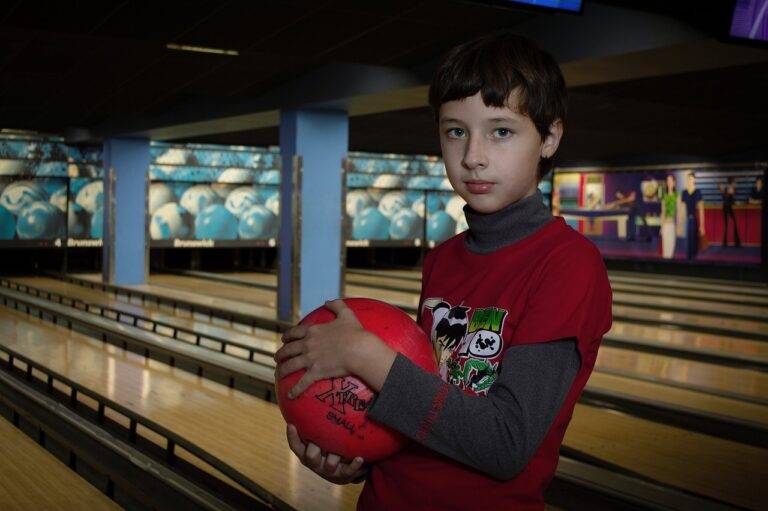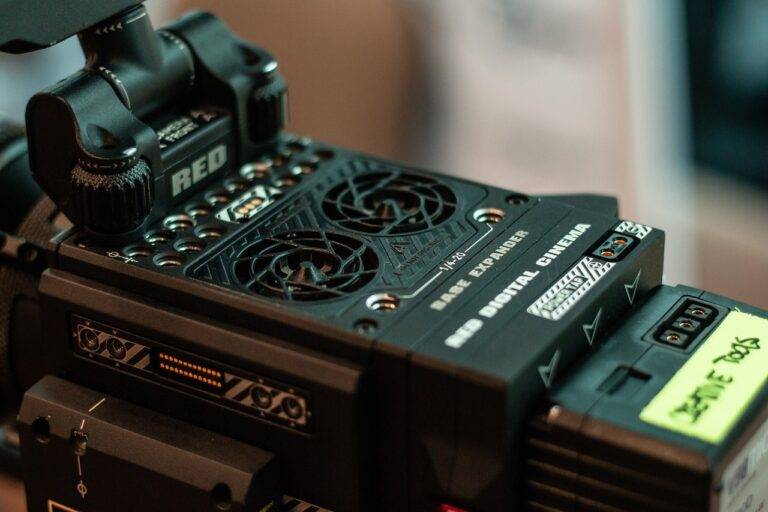The Evolution of AI-Generated Facial Animation in Video Games
Facial animation in video games has come a long way since its inception. During the early days, the technology was rudimentary, with limited capabilities to accurately represent emotions and expressions. Characters often appeared stiff and lacked the nuanced movements that are now commonplace in modern games.
Developers relied on basic techniques such as keyframing to animate facial features, resulting in characters that sometimes appeared robotic or unrealistic. Despite these limitations, early pioneers in the field laid the groundwork for the advancements that would revolutionize facial animation in video games. The introduction of motion capture technology marked a significant milestone, allowing developers to capture real-life facial movements and translate them onto digital characters with much greater fidelity.
Advancements in AI Technology for Facial Animation
In recent years, advancements in AI technology have revolutionized the way facial animations are created in video games. AI algorithms now have the capability to analyze and replicate human expressions in a more realistic and detailed manner than ever before. This has significantly enhanced the overall visual experience for gamers, immersing them in a world where characters exhibit a wide range of emotions with incredible nuance and authenticity.
One of the key advantages of using AI for facial animation is the ability to generate animations quickly and efficiently. Traditional methods of manually animating facial expressions can be time-consuming and labor-intensive, requiring animators to meticulously adjust every movement and expression. With AI technology, facial animations can be generated automatically based on predefined parameters, allowing developers to focus more on the creative aspects of character design and storytelling. The speed and precision of AI-generated facial animations have enabled game developers to produce higher-quality content in a shorter amount of time, pushing the boundaries of realism in video game graphics.
AI algorithms replicate human expressions with realism
Enhances visual experience for gamers
Characters exhibit emotions with nuance and authenticity
One key advantage of using AI for facial animation is the efficiency it brings to the animation process.
Traditional methods are time-consuming and labor-intensive
AI generates animations quickly based on predefined parameters
Developers can focus more on creative aspects of design and storytelling
The speed and precision of AI-generated facial animations have revolutionized the video game industry.
Higher-quality content produced in a shorter amount of time
Pushing boundaries of realism in graphics
Impact of AI-Generated Facial Animation on Realism in Video Games
The integration of AI-generated facial animation in video games has revolutionized the level of realism that can be achieved in character expressions. By employing sophisticated algorithms and machine learning techniques, developers are able to create lifelike facial movements with unprecedented detail and nuance. This heightened realism enhances the overall immersive experience for players, drawing them further into the game world and establishing a deeper emotional connection with the characters they interact with.
AI technology has enabled video game developers to simulate a wide range of emotions and facial expressions with remarkable accuracy. From subtle micro-expressions to complex emotional reactions, AI-generated facial animations help convey the full spectrum of human feelings in a way that was previously unattainable. This level of realism not only enhances the storytelling aspect of video games but also elevates the quality of character interactions, making the gaming experience more engaging and compelling for players.
What were the early methods used for facial animation in video games?
The early methods for facial animation in video games involved manually creating and animating facial expressions, which often resulted in limited realism and expressiveness.
How has AI technology advanced facial animation in video games?
AI technology has enabled the creation of more realistic and expressive facial animations by using machine learning algorithms to generate facial movements based on input data such as motion capture or audio.
What is the impact of AI-generated facial animation on realism in video games?
AI-generated facial animation has significantly improved the realism and immersion of characters in video games, allowing for more nuanced emotional expressions and lifelike movements.
Can AI-generated facial animation replace human animators in video game development?
While AI-generated facial animation can streamline the animation process and improve realism, human animators are still needed to fine-tune and add artistic expression to the animations.
Are there any ethical concerns surrounding the use of AI-generated facial animation in video games?
Ethical concerns surrounding AI-generated facial animation in video games include issues related to data privacy, potential biases in the training data used by AI algorithms, and the impact on the role of human animators in the industry.







